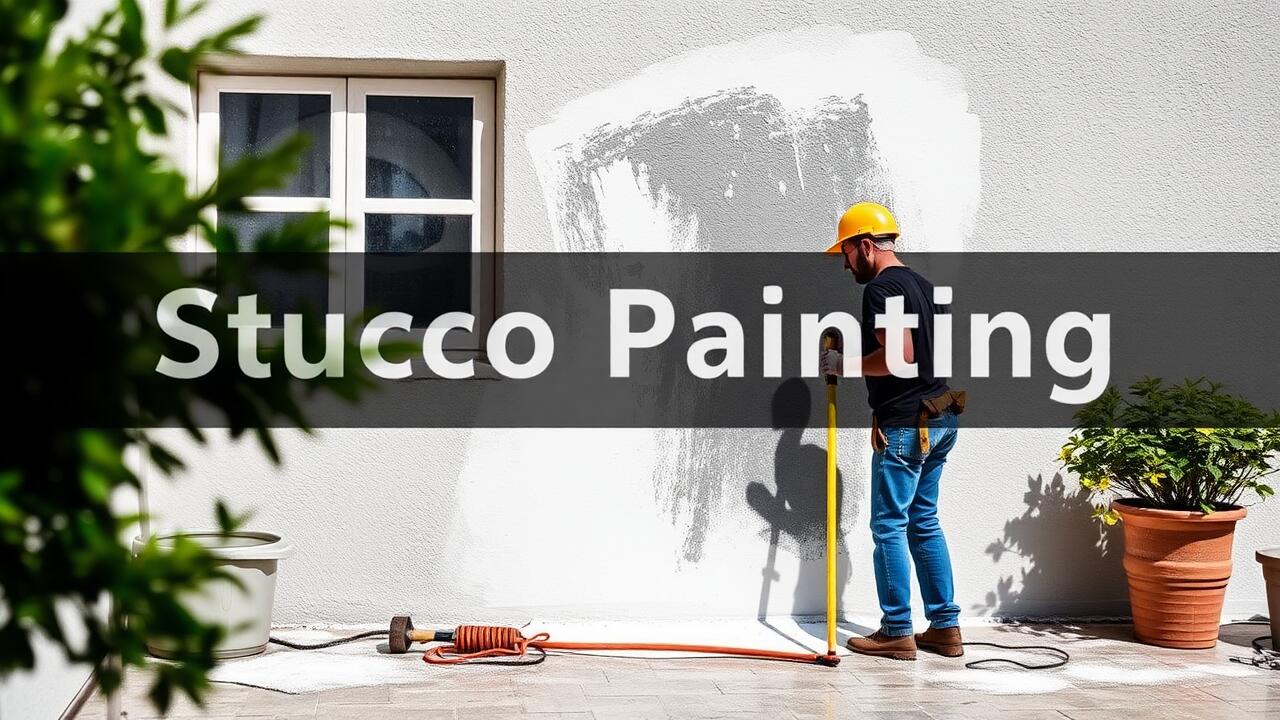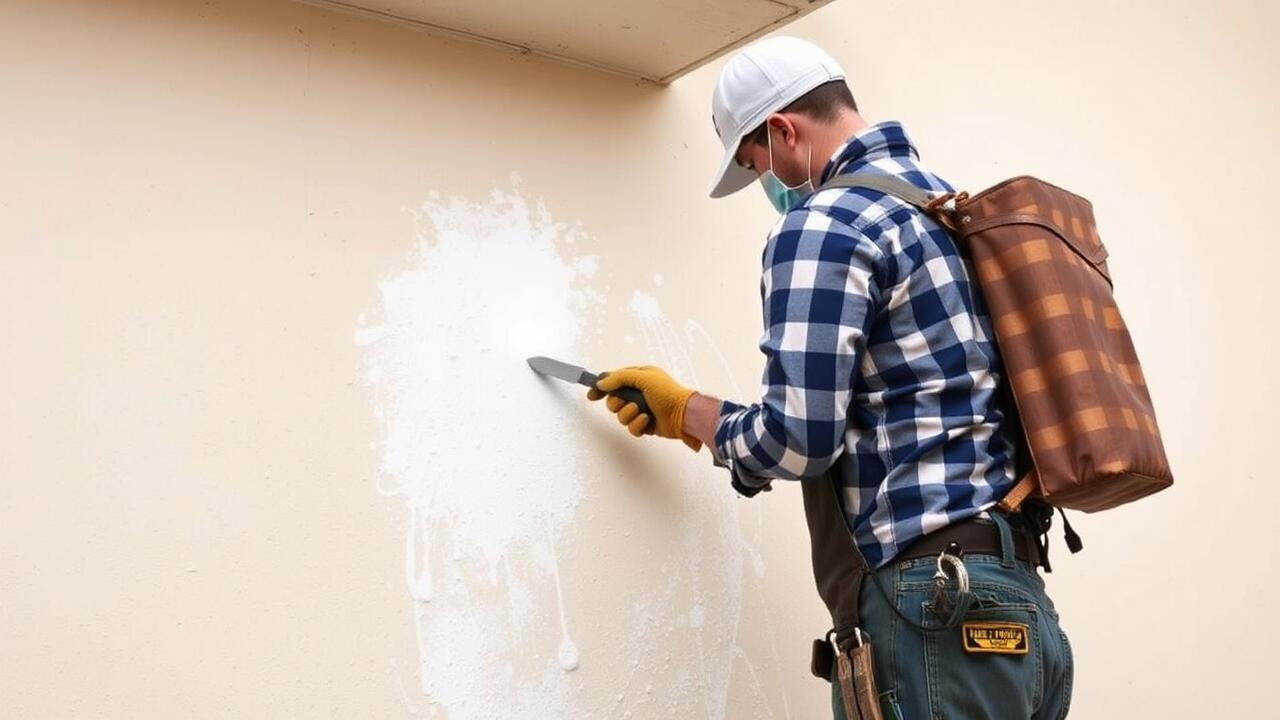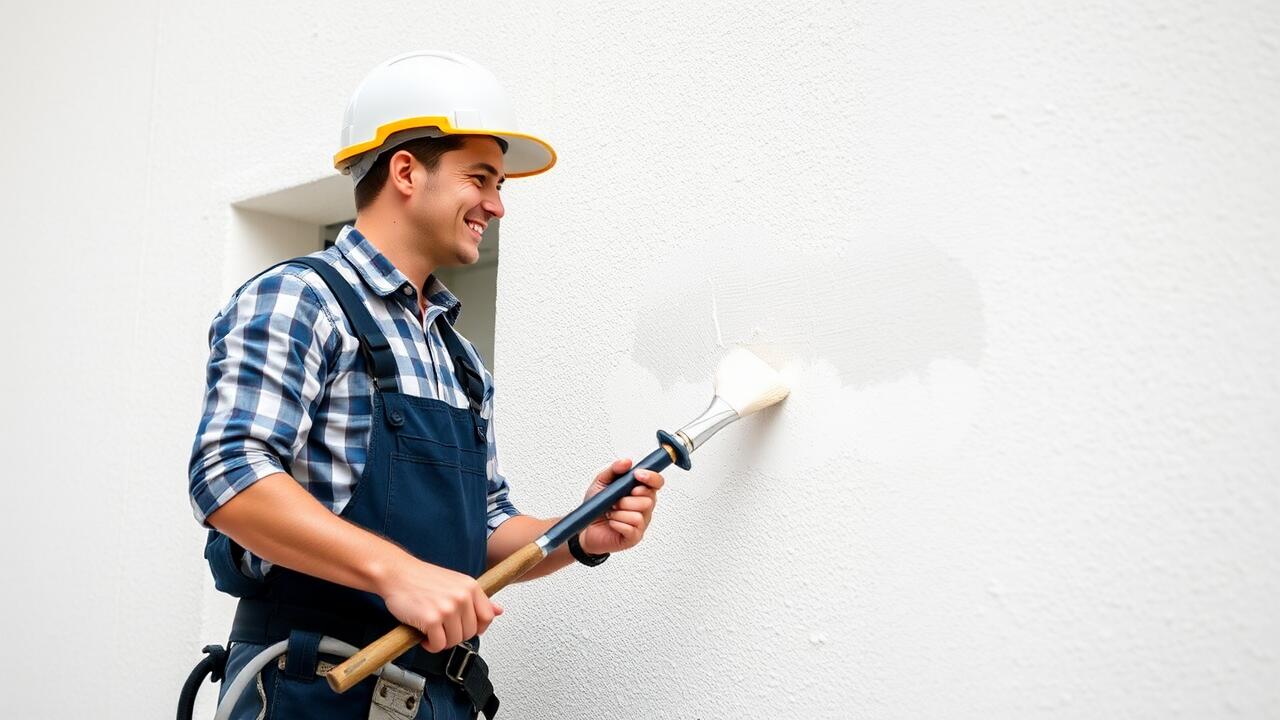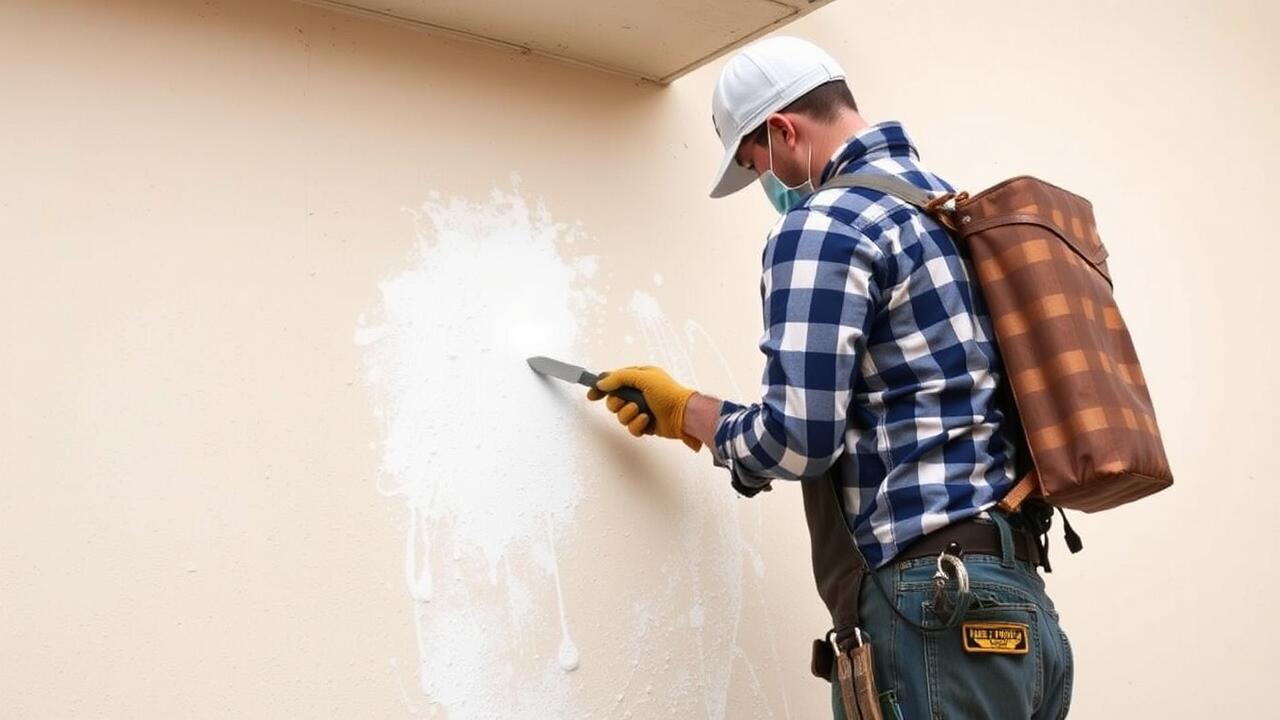
The Importance of Primer
Primer plays a crucial role in the stucco painting process. It helps create a strong bond between the stucco surface and the paint, ensuring durable adhesion. Using a high-quality primer can also prevent the paint from peeling or flaking over time. By providing a consistent base, primer enhances the paint's overall appearance and color richness, making it a vital step in achieving a professional finish. Homeowners searching for the best techniques may want to consider the results of "Stucco Painting near me" to find local experts and solutions.
Applying primer correctly can save time and money in the long run. A well-prepped surface will lead to fewer issues with the final coat. Proper application ensures that the paint remains intact, even under varying environmental conditions. Without the right primer, issues such as uneven wear and fading may arise sooner than expected. Investing time in this preparatory step not only optimizes longevity but also contributes to the aesthetic appeal of the stucco surface.
When and How to Apply Primer
Applying primer is a crucial step in the stucco painting process. It creates a necessary bond between the painting surface and the topcoat, ensuring that the final finish adheres properly and lasts longer. Before applying primer, the surface must be clean and free of any dust, dirt, or mold. If you’re considering a project and searching online, look for "Stucco Painting near me" to find local professionals who can assist you with the best products for your specific needs.
The timing of primer application is essential for achieving optimal results. It's best to apply primer after repairs to the stucco have been completed and allowed to dry thoroughly. Ensure that the temperatures are within the recommended range for both the primer and the paint to ensure proper curing. Applying the primer in one even coat can prevent issues like peeling or flaking in the future. For those interested in tackling the job themselves, researching local services with "Stucco Painting near me" can yield helpful tips and resources to ensure a successful outcome.
Techniques for Even Coverage
Achieving even coverage when applying stucco paint is crucial for a professional-looking finish. Start by investing in quality paint specifically designed for stucco surfaces, as this will enhance adhesion and durability. A roller with a long nap is ideal for reaching into the texture, while brushes can be used for spots that require more precision. It’s essential to maintain a consistent application technique, whether you’re rolling or brushing, to avoid visible lines or uneven patches.
When searching for "Stucco Painting near me," consider hiring professionals who are experienced with these specific techniques. They often utilize spray methods in addition to rolling, which can provide a more uniform application over large areas. Properly loading the paint onto your tools and applying it in manageable sections will also contribute to a smoother finish. Always work from top to bottom to prevent drips and ensure that each layer properly adheres to the surface below.
Tips for Achieving a Uniform Finish
Achieving a uniform finish requires careful attention to detail and consistent application techniques. Start by selecting the right tools; using a quality roller or sprayer can make a significant difference in the appearance of the final coat. Always work in small sections to maintain a wet edge, which helps to blend the new paint into the previously applied areas. This technique minimizes visible lines and creates a cohesive look across the surface.
For those seeking professional assistance with their project, searching for "Stucco Painting near me" can lead to skilled contractors who understand the nuances of stucco application. These experts can provide advice on color selection, texture matching, and the specific techniques needed to achieve a flawless finish. Their experience can ensure that every corner of your property maintains the same aesthetic appeal, enhancing the overall beauty of the home.
Working in Different Weather Conditions
Weather conditions significantly impact the application and performance of stucco paint. High humidity can lead to slower drying times, making it essential to plan carefully if you're working in a wet environment. On the other hand, extreme heat can cause paint to dry too quickly, resulting in uneven coverage and visible brush or roller marks. Contractors frequently seek solutions by scheduling work during cooler parts of the day or using additives that slow the drying process, ensuring a better finish.
When searching for expert assistance, phrases like "Stucco Painting near me" can be quite helpful. Local professionals are often familiar with regional climate challenges and can adapt techniques accordingly. Whether it’s knowing the best time of year to paint or adjusting their methods for humidity and heat, experience plays a critical role in achieving a flawless stucco finish. Investing in skilled services can improve the longevity and appearance of your paint job, especially in tough weather conditions.
Best Practices for Various Climates
When working in hot and arid climates, it’s essential to adjust the application process to ensure an optimal finish. High temperatures can cause the stucco paint to dry too quickly, leading to uneven coverage and visible brush strokes. To combat this, consider painting during the cooler parts of the day, such as early morning or late afternoon. You can also mist the surface with water before application to help the paint adhere better while reducing drying time.
In contrast, cold and humid conditions present their own set of challenges. Low temperatures can slow the curing time, and high humidity may lead to issues such as peeling and bubbling. In these environments, it is beneficial to use paints specifically designed for cold weather application. Always check the manufacturer's recommendations regarding the appropriate temperature range. For those seeking local assistance, searching for "Stucco Painting near me" can yield professionals familiar with the unique conditions of your area.
FAQS
Why is primer important when painting stucco?
Primer is essential for stucco because it helps to seal the surface, enhances adhesion of the paint, and provides a uniform base that improves the overall finish and longevity of the paint job.
When should I apply primer on stucco?
Primer should be applied after the stucco surface has fully cured and dried, which typically takes about 30 days. It’s also important to apply primer before painting to ensure the best adhesion and coverage.
What are some techniques for achieving even coverage when painting stucco?
To achieve even coverage, use a high-quality roller or sprayer specifically designed for textured surfaces. Apply paint in multiple thin coats rather than one thick coat, and make sure to work in sections to maintain a wet edge.
How can I achieve a uniform finish on stucco?
To achieve a uniform finish, consider using a textured roller or a spray gun that matches the texture of the stucco. Additionally, be sure to apply paint consistently and allow adequate drying time between coats.
What should I consider when painting stucco in different weather conditions?
When painting in different weather conditions, it's important to avoid extreme temperatures or high humidity, which can affect drying times and adhesion. Aim to work in moderate temperatures and avoid painting during rainy or overly windy conditions to ensure the best results.



